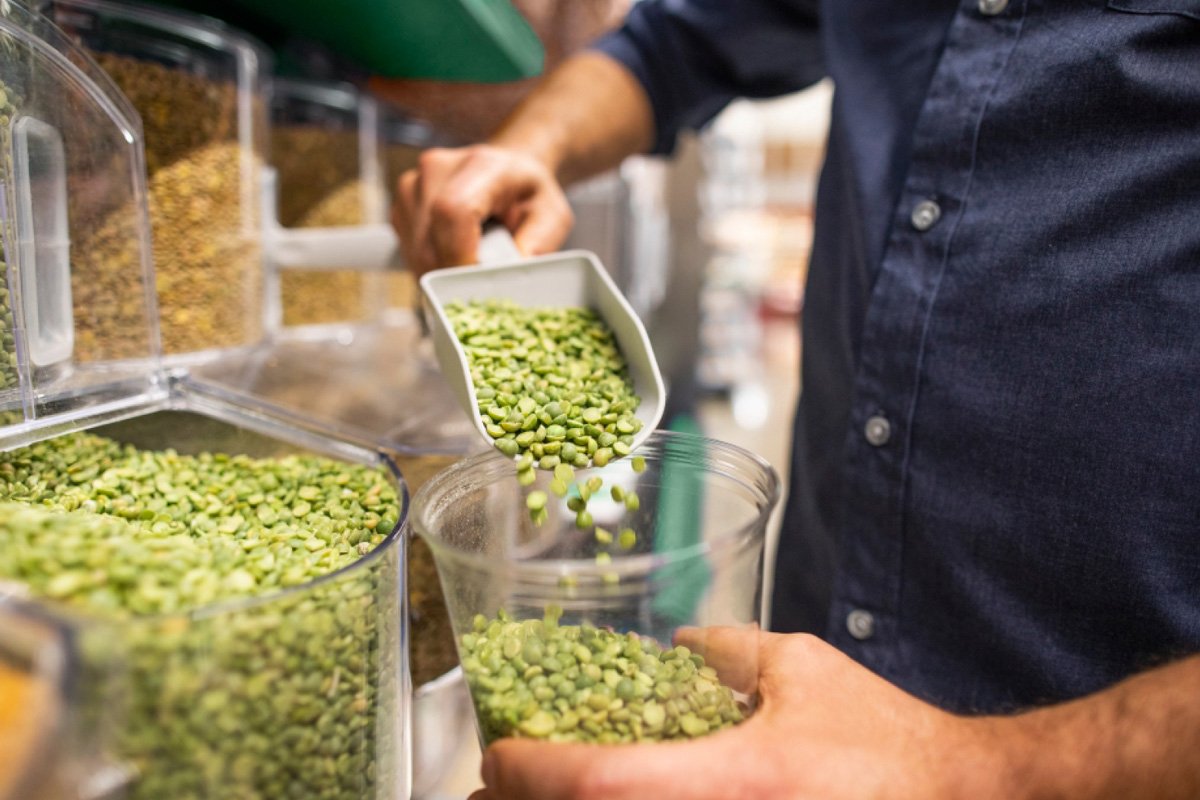Home / Quality Standards / Food Ingredient Standards
Food Ingredient Quality Standards
We believe that the best ingredients belong on your plate.
That’s why we’ve banned hydrogenated fats, high-fructose corn syrup, sweeteners like aspartame, sucralose and saccharin — along with more than 300 colours, preservatives, flavours and other ingredients from all of the food we sell in our stores. Seriously — from Berry Chantilly Cake in our bakery to the foods in our self-service bars, we want you to feel confident about what goes in your basket. If it doesn’t meet our standards, we won’t sell it.
Higher Food Ingredient Standards From the first day we swung open our doors, steadfast and selective have underpinned the attitude behind the standards of the products we sell — and love. When we review ingredients, we consider the interconnected effects of the way that food is processed and regulated by authorities in the U.S., UK, Canada and beyond. All of this happens before hitting our shelves and ultimately your plate. The food industry evolves and changes rapidly, and we strive to respond by following emerging research and our customers’ expectations. Over the years, we’ve achieved some major milestones in what we restrict, including banning added MSG in 1992, hydrogenated oils in 2003 and high-fructose corn syrup in 2011. Below are a few commonly used additives you won’t find in our stores.
Partially Hydrogenated oils Until recently, ingredients like margarine and shortening-baked goods (like pastries, pies, cookies and snack foods) often contained partially hydrogenated oils. These oils are chemically altered additives designed to improve texture and prolong shelf life — primarily in conventional processed foods. Studies have shown that the trans fats in partially hydrogenated oils raise LDL (bad) cholesterol levels, decrease HDL (good) cholesterol and increase the risk of heart disease.
Colors The US Food and Drug Administration breaks colour additives into two distinct categories. Exempt colours — most of which we permit — include pigments from sources such as vegetables, minerals and animals. Think dehydrated beets and grape skin extract. The other category, certified colour additives, are synthetic colours — which we do not permit — are the additives widely used for intense, uniform colour and flexibility in making a variety of hues.
Preservatives Shelf life — that’s the primary reason preservatives are added to foods. Canning, heating, pasteurising, drying and pickling are all ways to preserve food. We also allow certain added preservatives like citric acid and cultured dextrose. Preservatives undergo consideration on a case-by-case basis, weighing the benefits and drawbacks. For example, we allow sulphites in wines, where they may be present naturally in the grapes, or are added to ensure longevity in the bottle. We do not allow sulphites on dried fruits, where they’re often used to prevent browning.
Sweeteners We have a long history of working to ban sweeteners from food we sell in our stores. Aspartame, for one. We looked at technical information and considered our customers’ expectations. Based on that research, we added aspartame to our list of unacceptable ingredients for food, and have banned these other sweeteners as well:
Acesulfame-K
Advantame
Aspartame
Aspartame-acesulfame salt
Cyclamates
Neohesperidine dihydrochalcone
Saccharin
Sucralose
Flour A staple baking item that shouldn’t be overlooked. All-purpose white flours can be bleached with benzoyl peroxide or bromated with the addition of potassium bromate. These agents chemically age and strengthen gluten and increase the rise and elasticity of dough. We don’t think it’s necessary, just a shortcut. Humans have been baking great things with unbromated flour for millennia. While a definitive finding on health risks is yet to be reached, bromate is currently banned in the EU and Canada, among other places.

